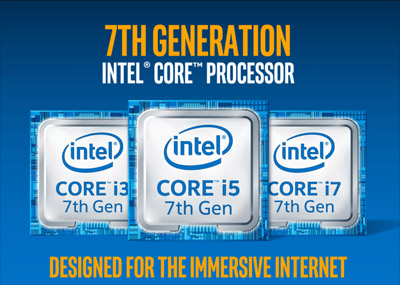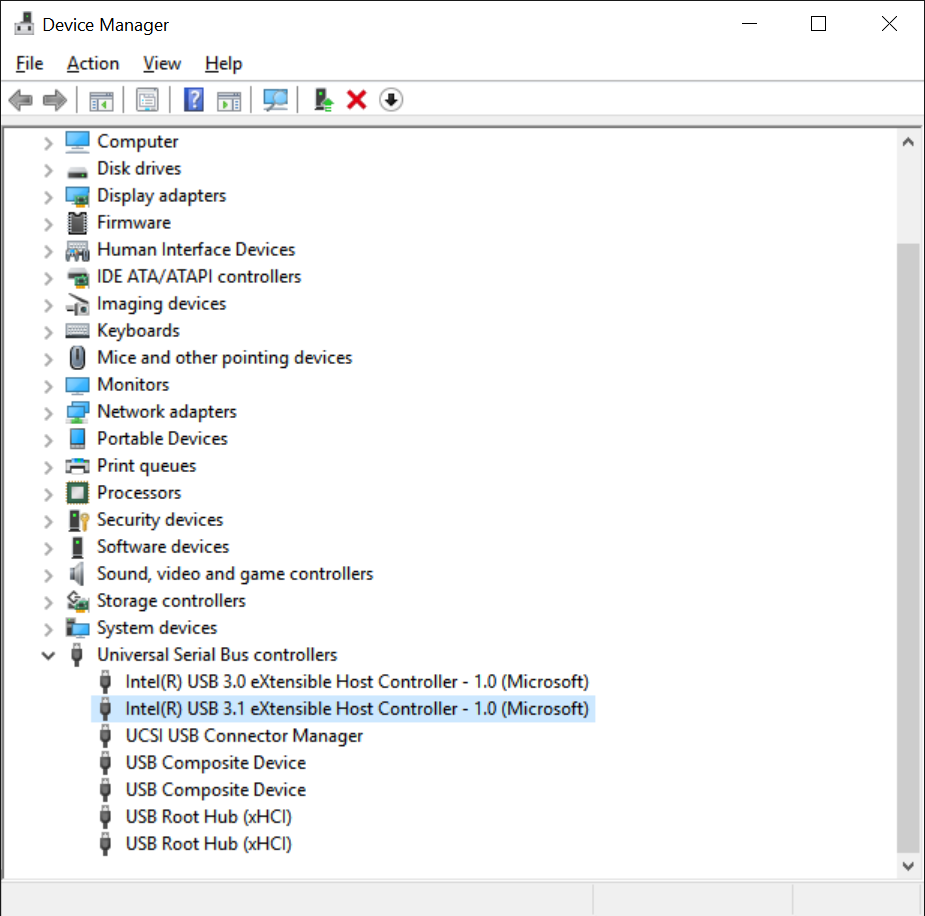
- #ASMEDIA USB 3.1 DRIVER FOR AMD SOFTWARE#
- #ASMEDIA USB 3.1 DRIVER FOR AMD CODE#
- #ASMEDIA USB 3.1 DRIVER FOR AMD WINDOWS#
One this note, i would see that the PS4/Xbox One would be PowerPC + ATI/Qualcomm graphics as neither console maker would want to strike a deal with Intel or AMD + nVidia.Īlso in this alternate universe SSK found a website called TechReport and I gotten several winning lottery tickets.Will Have More Logos So People Won't Confuse Them Anymore.

Qualcomm would have purchased ATI in this alternate universe as I'd see Intel insisting they could get Larrabee working until it was too late to bid on ATI.
#ASMEDIA USB 3.1 DRIVER FOR AMD WINDOWS#
Speaking of, Windows RT would still be around today as both Intel and AMD + nVidia would have focused more on the performance side of performance per watt leaving an opening for mobile to creep upward.
#ASMEDIA USB 3.1 DRIVER FOR AMD SOFTWARE#
However many of the reasons the PC market is shrinking is due to competition from mobile itself and software missteps *cough* Windows 8 *cough*. Things wouldn't be as dire in the PC space due to hardware competition (it'd be shrinking, just not as fast as it is today). The rise of ARM in mobile would have caught both Intel and AMD + nVidia off guard.

What wouldn't have happened is Tegra in this universe. There would still have been an anti-trust lawsuit with Intel but instead of settling, this would have gone to court with an eventual bigger payout for AMD + nVidia team.
#ASMEDIA USB 3.1 DRIVER FOR AMD CODE#
Project Denver would have still happened too but this would be to run x86 code on a more GPU like architecture and to eliminate the x87 FPU in Bulldozer. Bulldozer likely still would have happened though how it'd turn out would be anyone's guess as AMD was only early in development in 2006 when this merger would have happened. At this point in time, they would still have had to open up their foundries to other manufactures and still would have bought IBM's chip business. While there would have been a large push by the combine company for SoC's early on, the fab capacity would have went toward some very large discrete GPUs. The combined AMD + nVidia company would have kept their fabs but would have had to partner closely with IBM. nVidia's basically doing this now with GP100 + POWER8 with IBM but as a single company, this would have arrived a few years earlier under an AMD + nVidia banner. Thirdly the Telsa line of coprocessors wouldn't be PCIe based but sit in the same sockets at Opterons at this point in time. The whole Mantle/Vulkan/DX12 revolution we're going through right now would have also come sooner due to the AMD + nVidia hardware/software advancements.

Second thing I would have seen changed is that the Fusion platform with x86 + GPU would have arrived far sooner and the logical HSA followup. Generally a portion is paid out in cash to keep investors happy but most mergers of this magnitude also involve stock (which was allegedly part of the nVidia deal). This rest solely on AMD's foolish decision to buy ATI with cash. First off AMD wouldn't be in such dire financial state which oddly would have zero to do the leadership change. In the alternate what-if world, AMD buying nVidia and being lead by Jen-Hsun by this point in time would have led to a radically different market place. When AMD was looking at nVidia and ATI, he wanted a seat on AMD’s board of directors as part of the deal and long term was looking to position himself as AMD’s CEO from that position. He was was reportedly open to the idea several times. According to other rumors, the Summit Ridge processor has USB 3.0 and SATA on-die, so faults in the Promontory chipset may simply be swept under the rug. Assuming the rumor is even true-it is, after all, just a rumor-this certainly sounds like a relatively minor issue. Intel's Sandy Bridge platform, which was a similar step forward for the company, also faced an issue with its chipset design.

On the other hand, ASMedia specifically denied the rumor, remarking that its "product's signal, stability, and compatibility have all passed certification." AMD declined to comment on "customer-specific board-level solutions," but it said that it was pleased that Zen is on track. As usual, Digitimes did not give any source for the statements it cites.Įarlier roadmaps including Zen mentioned a " Promontory" chipset, and we'd wager that's the chip that's been outsourced to ASMedia. Digitimes claims that AMD is considering supplying third-party retimer and redriver chips to motherboard vendors along with the chipsets. This problem would require motherboard vendors to use additional supporting hardware to maintain USB 3.1 performance, increasing the materials cost for affected boards. Specifically, Digitimes says "USB 3.1 transmission speeds drop dramatically as circuit distance increases." File this one under " probably not a problem, probably." Rumor has it that while AMD's Zen processors are on track and "have a satisfactory yield rate," the chipsets for them, designed by Asustek subsidiary ASMedia, are having issues with signal quality on USB 3.1 connections.


 0 kommentar(er)
0 kommentar(er)
